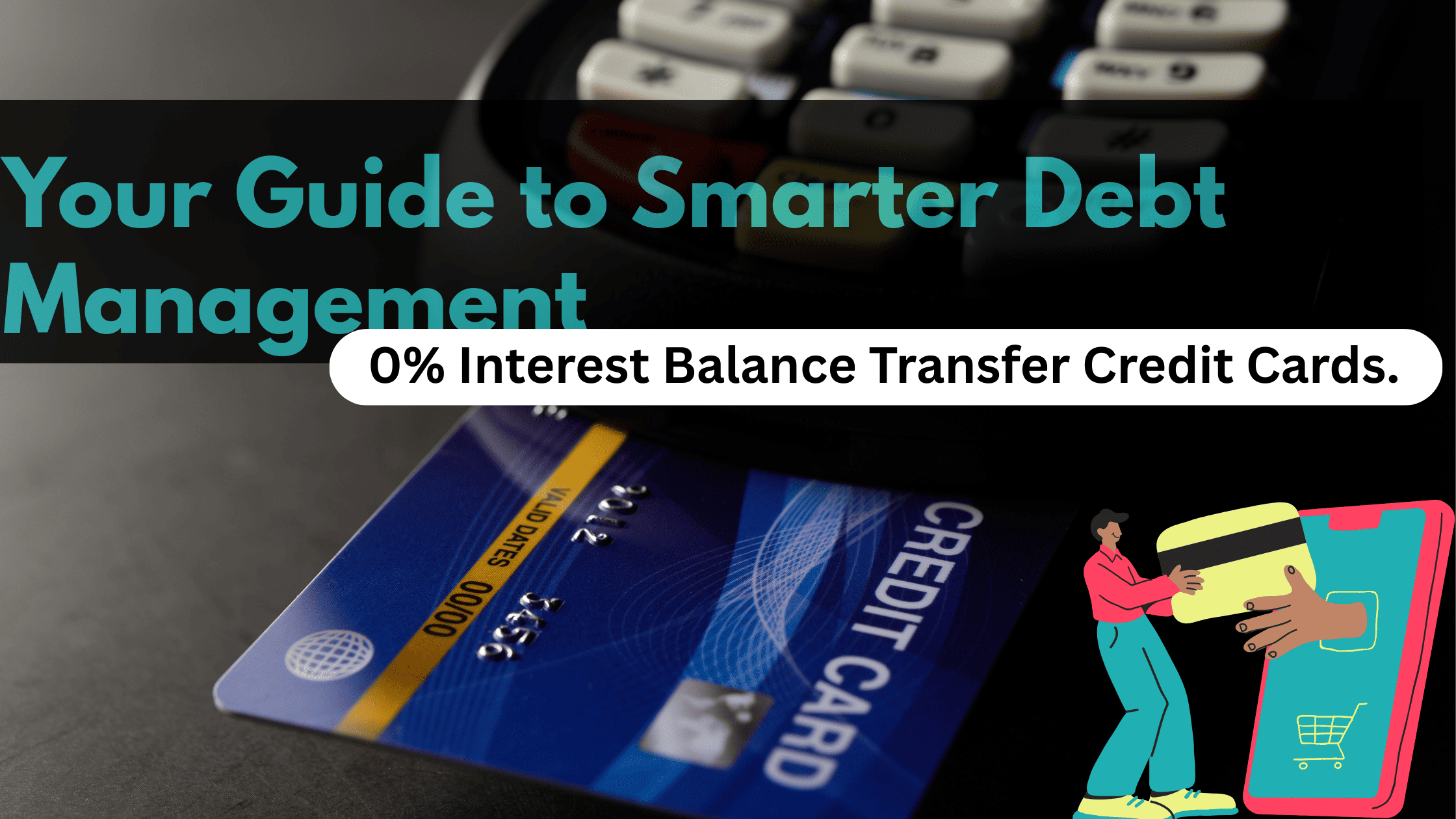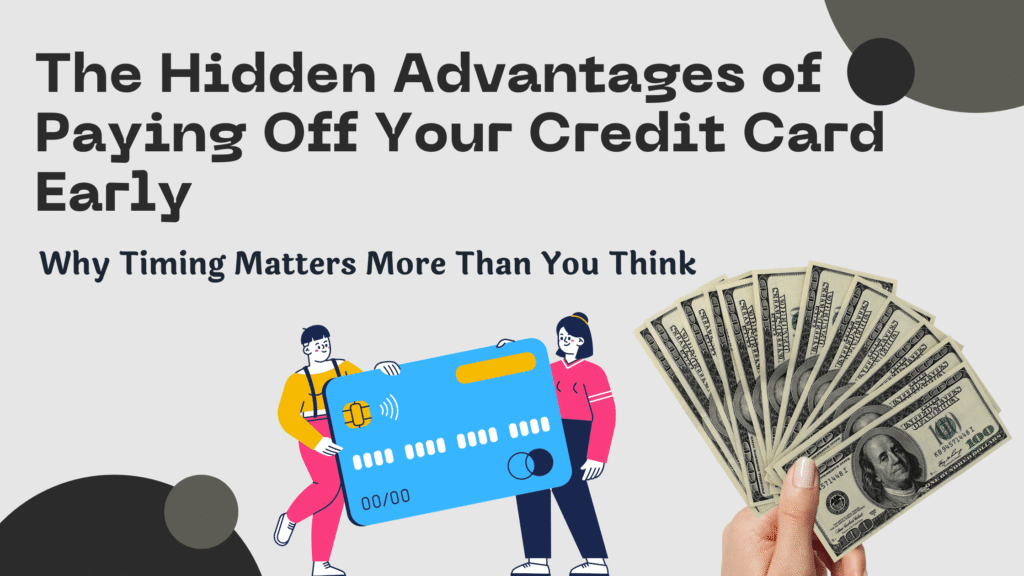
Imagine this: You’re staring at a credit card statement with a 5,000 balance and a 245,000 balance and a 24100 a month, and no matter how hard you try, that principal just won’t budge. Sound familiar? You’re not alone. Millions of Americans and Brits grapple with high-interest debt, but there’s a financial tool that could help you save hundreds—or even thousands—in interest: 0% interest balance transfer credit cards.
In this guide, we’ll unpack everything you need to know about these cards, from how they work to who should use them (and who shouldn’t). We’ll break down complex terms, share real-life examples, and arm you with expert tips to make these cards work for you—not against you. Let’s dive in.
What Exactly Are 0% Interest Balance Transfer Credit Cards?
A 0% interest balance transfer credit card is a type of card that offers a promotional period—often 12 to 24 months—during which you pay zero interest on balances transferred from other credit cards or loans. The goal? To give you breathing room to pay down debt faster by eliminating interest charges.
For example, if you transfer a $5,000 balance to a card with an 18-month 0% APR period, every dollar you pay during those 18 months goes toward reducing your debt, not interest. This can be a game-changer for anyone stuck in the cycle of minimum payments.
Key Features to Know:
- Promotional Period: The length of the 0% interest offer (e.g., 18 months).
- Balance Transfer Fee: Typically 3–5% of the transferred amount.
- Post-Promotional APR: The interest rate that kicks in after the 0% period ends (often 19.99% or higher).
How Do 0% Balance Transfer Cards Work? A Step-by-Step Breakdown
Let’s demystify the process:
- Apply for a Card: You’ll need good to excellent credit (typically a FICO score of 670+ in the U.S. or a “good” credit rating in the UK).
- Transfer Your Balance: Request to move debt from existing cards to the new one. This can often be done online or via a check.
- Pay No Interest During the Promo Period: Focus on paying down the principal.
- Avoid Pitfalls Post-Promo: Once the 0% period ends, any remaining balance accrues interest at the standard rate.
♦️ Example in Action:
Sarah has a 8,000 balance on a card with a 228,000 balance on a card with a 22240). By paying 445 monthly, she clears the debt before the promo ends, saving 445 monthly ,she clears the debt before the promo ends, saving 1,560 in interest.
💡 Useful Article : Benefits of Paying Off Your Credit Card Before the Due Date
The Pros and Cons: Is a Balance Transfer Right for You?
Pros:
- Interest Savings: The #1 reason people use these cards. The average U.S. household with credit card debt pays $1,380 annually in interest (Federal Reserve, 2023).
- Debt Consolidation: Simplify multiple payments into one.
- Credit Score Boost: Lowering your credit utilization ratio (debt vs. limit) can improve your score.
Cons:
- Balance Transfer Fees: A 3–5% upfront cost adds to your debt.
- Post-Promotional Traps: If you don’t pay off the balance in time, high interest resumes.
- Temptation to Spend: Some users rack up new debt on the old cards, worsening their situation.
♦️ Expert Insight:
“Balance transfers are powerful, but discipline is key,” says Jane Doe, a certified financial planner. “Treat this as a sprint, not a marathon. Calculate exactly what you need to pay monthly to clear the debt before the promo ends.”
Who Should (and Shouldn’t) Use a 0% Balance Transfer Card
Ideal Candidates:
- Those with stable income to make consistent payments.
- Individuals with good credit scores (to qualify for the best offers).
- People motivated to pay off debt within the promo period.
Think Twice If:
- Your credit score is below 670 (you may not qualify for 0% offers).
- You’re prone to overspending (reopening old credit lines can tempt relapse).
- You can’t commit to a structured repayment plan.
Case Study: UK vs. US Offers
- UK: Cards like Barclaycard and Virgin Money often offer 0% for up to 24 months, with transfer fees around 3%.
- US: Chase Slate Edge and Citi Simplicity provide 18–21 months with 3–5% fees.
Choosing the Right Card: 5 Factors to Compare
- Promotional Period Length: Longer = more time to pay.
- Transfer Fees: Weigh the cost against interest savings.
- Credit Limit: Ensure it covers your existing debt.
- Post-Promo APR: Check the rate if you carry a balance past the term.
- Perks: Some cards offer rewards or no annual fee.
♦️ Pro Tip: Use a balance transfer calculator (Nerd Wallet has a good one) to compare offers.
Real-Life Scenarios: How Much Could You Save?
Scenario 1 (USA):
- Debt: $10,000 at 24% APR
- Transfer to: 18-month 0% card with 3% fee ($300)
- Monthly Payment: $555
- Interest Saved: $2,160 (vs. minimum payments)
Scenario 2 (UK):
- Debt: £6,000 at 21% APR
- Transfer to: 24-month 0% card with 3% fee (£180)
- Monthly Payment: £250
- Interest Saved: £1,260
FAQs: Your Burning Questions Answered
Will a balance transfer hurt my credit score?
Initially, yes (hard inquiry + new account). But lowering your credit utilization can boost your score over time.
Can I transfer multiple balances?
Yes, up to your new card’s credit limit.
What if I miss a payment?
You could lose the 0% offer and face penalty APRs. Set up autopay!
Are there 0% cards for bad credit?
Rarely. Most require good credit. Consider debt counseling instead.
